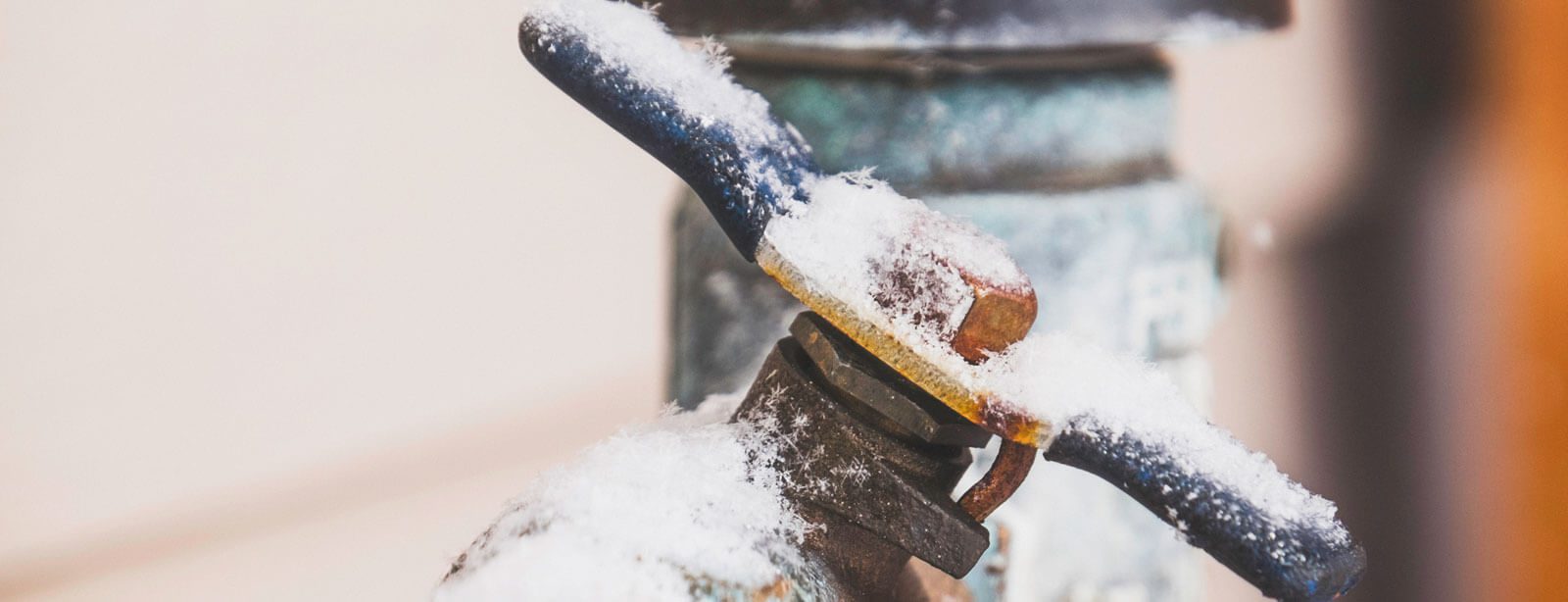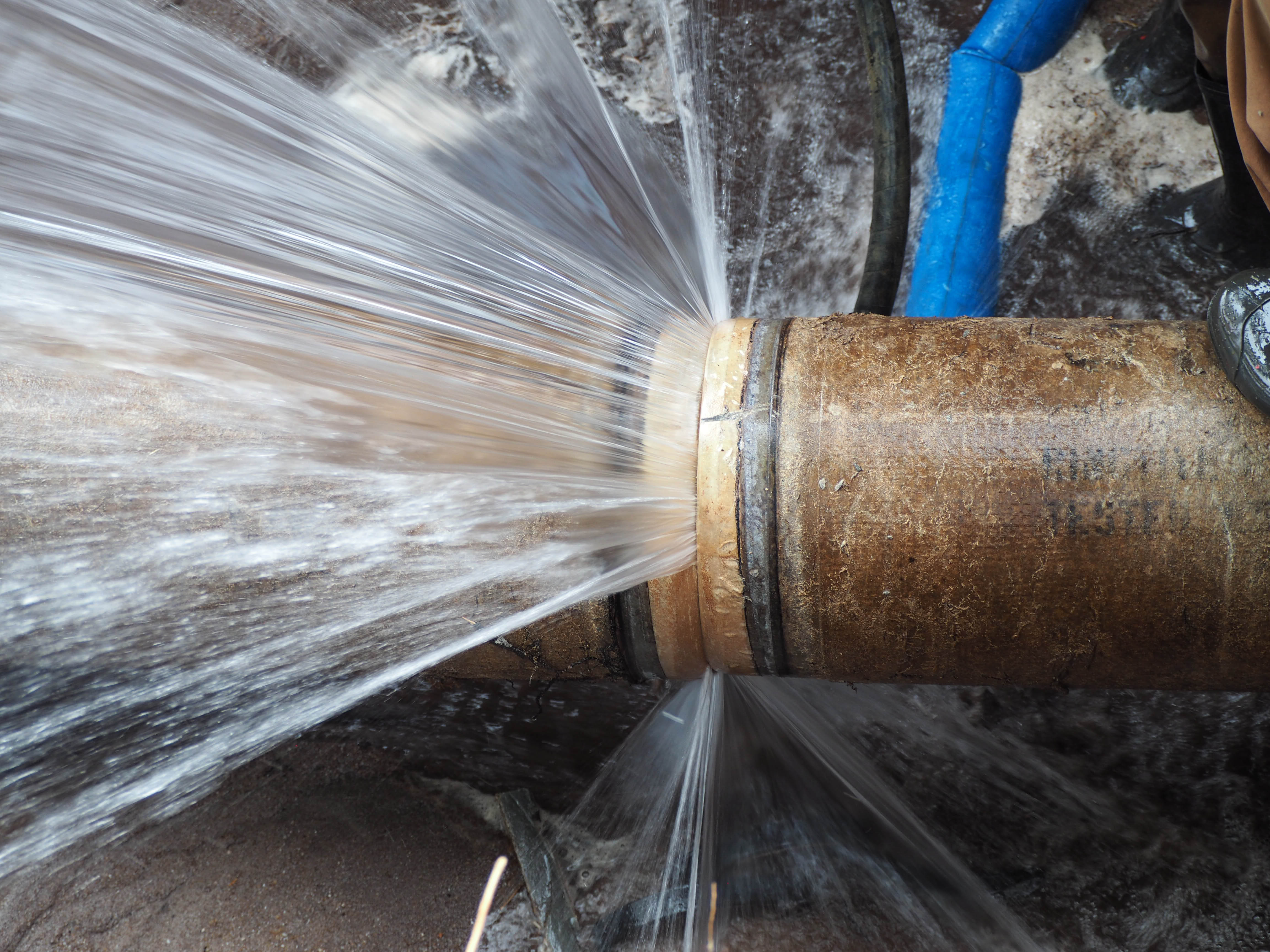Just how do you really feel when it comes to Helpful Tips to Prevent Frozen Pipes this Winter?

Cold weather can damage your plumbing, specifically by freezing pipelines. Below's how to prevent it from taking place and what to do if it does.
Intro
As temperatures decrease, the danger of icy pipes boosts, possibly leading to costly fixings and water damage. Comprehending just how to prevent icy pipelines is essential for homeowners in cold climates.
Understanding Icy Pipelines
What triggers pipes to ice up?
Pipelines ice up when exposed to temperature levels below 32 ° F (0 ° C) for extended periods. As water inside the pipes ices up, it broadens, putting pressure on the pipeline wall surfaces and possibly causing them to burst.
Risks and problems
Icy pipelines can lead to water system disturbances, residential or commercial property damages, and expensive repairs. Ruptured pipelines can flooding homes and cause considerable structural damage.
Indications of Frozen Pipeline
Determining frozen pipes early can stop them from breaking.
How to identify frozen pipes
Look for decreased water circulation from faucets, unusual smells or sounds from pipelines, and noticeable frost on subjected pipes.
Prevention Tips
Insulating prone pipelines
Wrap pipes in insulation sleeves or make use of heat tape to shield them from freezing temperature levels. Focus on pipes in unheated or outside areas of the home.
Heating methods
Maintain indoor spaces adequately heated up, especially locations with pipes. Open up cabinet doors to allow cozy air to distribute around pipes under sinks.
Protecting Exterior Pipes
Yard pipes and outside taps
Separate and drain yard hoses before winter months. Set up frost-proof faucets or cover exterior taps with protected caps.
What to Do If Your Pipes Freeze
Immediate actions to take
If you believe frozen pipelines, maintain taps open up to ease pressure as the ice thaws. Utilize a hairdryer or towels taken in warm water to thaw pipelines gradually.
Long-Term Solutions
Architectural adjustments
Consider rerouting pipelines away from outside walls or unheated areas. Include additional insulation to attics, basements, and crawl spaces.
Updating insulation
Buy premium insulation for pipelines, attic rooms, and wall surfaces. Appropriate insulation assists keep constant temperature levels and reduces the threat of icy pipelines.
Final thought
Avoiding icy pipes calls for positive steps and quick actions. By understanding the reasons, signs, and preventive measures, home owners can shield their pipes during cold weather.
5 Ways to Prevent Frozen Pipes
Drain Outdoor Faucets and Disconnect Hoses
First, close the shut-off valve that controls the flow of water in the pipe to your outdoor faucet. Then, head outside to disconnect and drain your hose and open the outdoor faucet to allow the water to completely drain out of the line. Turn off the faucet when done. Finally, head back to the shut-off valve and drain the remaining water inside the pipe into a bucket or container. Additionally, if you have a home irrigation system, you should consider hiring an expert to clear the system of water each year.
Insulate Pipes
One of the best and most cost-effective methods for preventing frozen water pipes is to wrap your pipes with insulation. This is especially important for areas in your home that aren’t exposed to heat, such as an attic. We suggest using foam sleeves, which can typically be found at your local hardware store.
Keep Heat Running at 65
Your pipes are located inside your walls, and the temperature there is much colder than the rest of the house. To prevent your pipes from freezing, The Insurance Information Institute suggests that you keep your home heated to at least 65 degrees, even when traveling. You may want to invest in smart devices that can keep an eye on the temperature in your home while you’re away.
Leave Water Dripping
Moving water — even a small trickle — can prevent ice from forming inside your pipes. When freezing temps are imminent, start a drip of water from all faucets that serve exposed pipes. Leaving a few faucets running will also help relieve pressure inside the pipes and help prevent a rupture if the water inside freezes.
Open Cupboard Doors
Warm your kitchen and bathroom pipes by opening cupboards and vanities. You should also leave your interior doors ajar to help warm air circulate evenly throughout your home.

I stumbled upon that piece on Winter Plumbing Precautions: Preventing Frozen Pipes when perusing the search engines. Loved our content? Please share it. Let other people check it out. We take joy in your readership.
Services